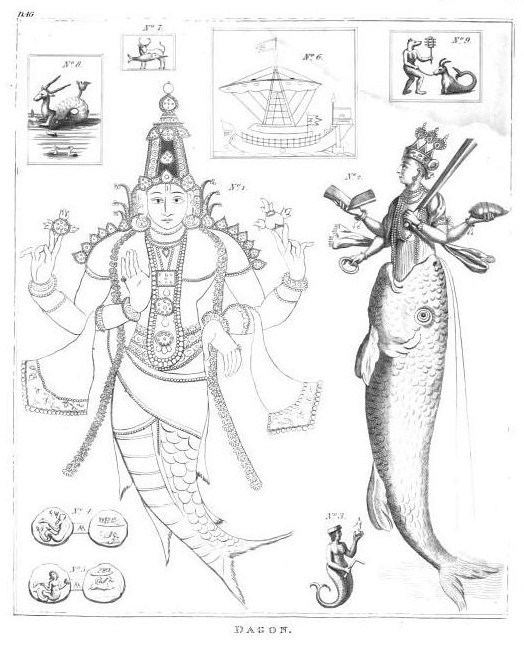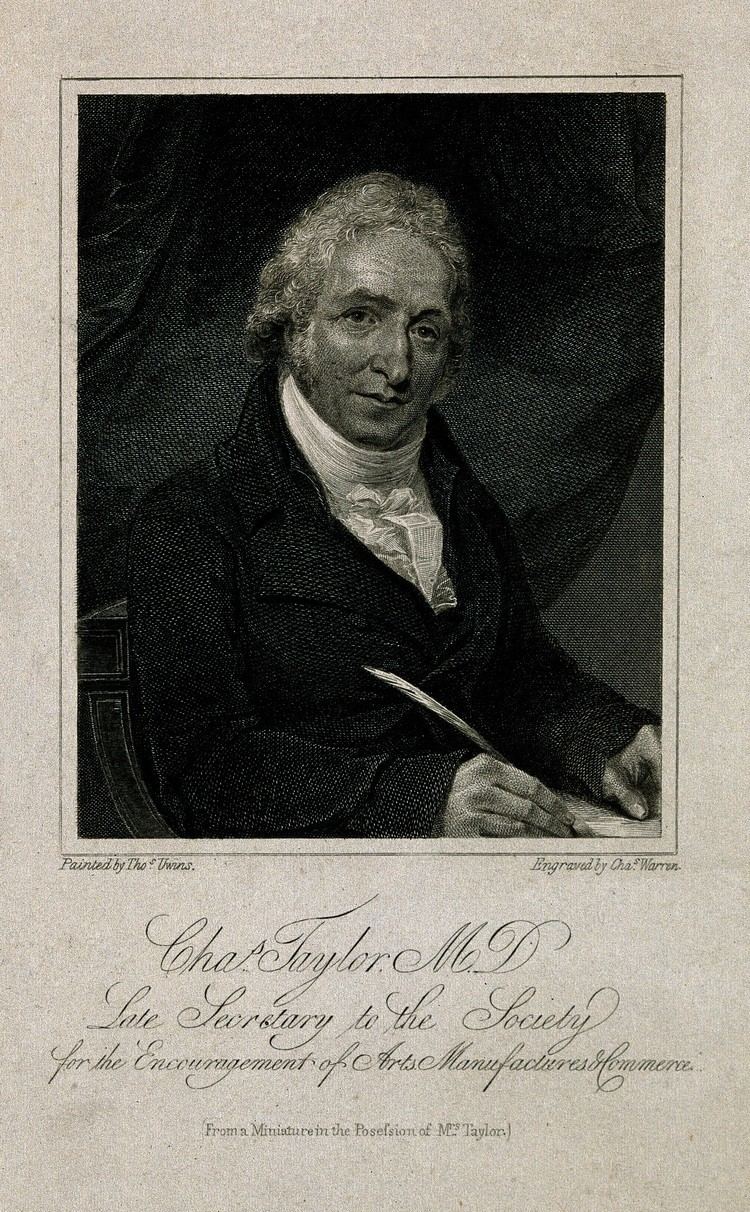Name Charles Taylor | Role Engraver | |
 | ||
Books The Eighth Day, When Love Is by Choice In, Remember Me | ||
Charles Taylor (1756–1823) was an English engraver, known also as a man of letters and biblical scholar.
Contents

Life
Born in the parish of Shenfield in Essex on 1 February 1756, he was the son of Isaac Taylor by his wife, Sarah Hackshaw, daughter of Josiah Jefferys of Shenfield. He was educated at a grammar school at Brentwood in Essex, and on completing his fifteenth year was articled to his father as an engraver, and studied under Francesco Bartolozzi. In 1777 he visited Paris.
Taylor went into business in London as an engraver. In 1780 his house was burnt down during the Gordon riots, and he moved to Holborn. Later he lived in Hatton Garden, where he died on 13 November 1823, and was buried in Bunhill Fields.
Works
Taylor initially adopted the standard practice for engravers, of executing ornamental proofs. These were for the most part after Robert Smirke and Angelica Kauffman. His main artistic publications were:
A self-portrait, from about 1774, went to Braeside, Tunbridge Wells, the home of Henry Taylor, son of Isaac Taylor, and Charles Taylor's great-nephew.
In later life Taylor devoted concentrated on a revision of Antoine Augustin Calmet's Dictionary of the Bible, which he began to publish anonymously in 1797. It sold well, but Taylor called himself only the publisher and the engraver of some of the plates. There was a fourth edition by 1824, and the work of revision occupied Taylor during the rest of his life. After his death he was acknowledged to be the editor. He was also the author of:
Taylor edited the Literary Annual Register, London, 1808, afterwards merged in the Literary Panorama, and translated the Adventures of Telemachus (London, 1792) from Les Aventures de Télémaque of François Fénelon.
Family
In 1777 Taylor married Mary Forrest, niece of Cornelius Humphreys, chaplain of the Tower, by whom he had a son, Charles (1780–1856), and two daughters, Mary and Sarah.
